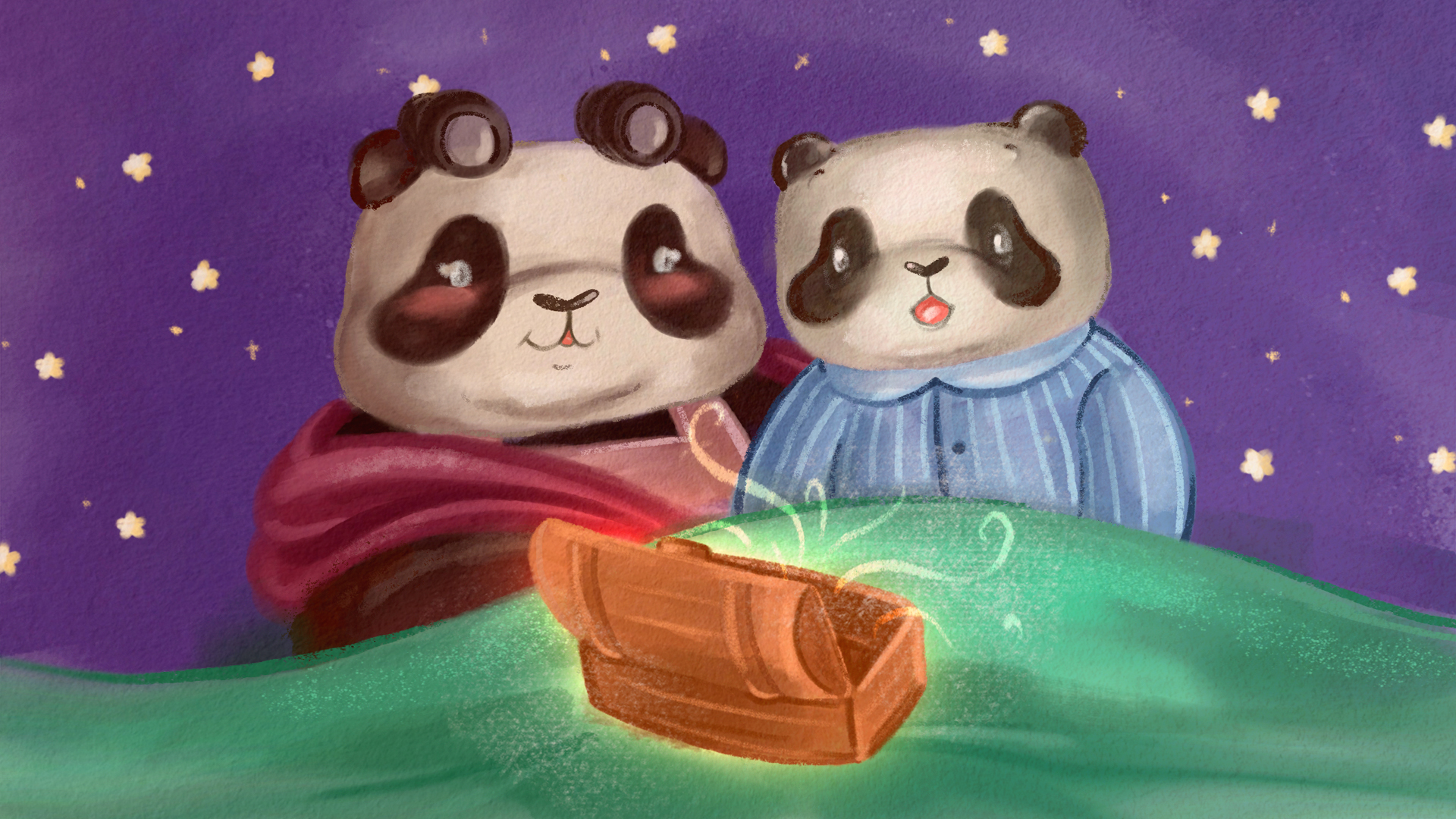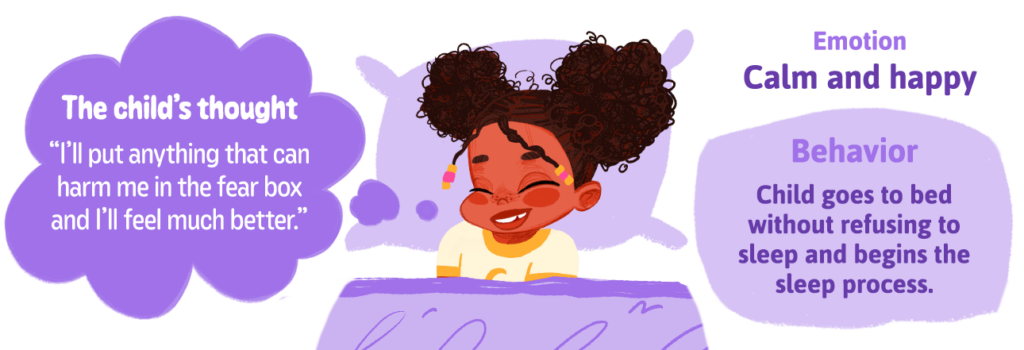
Putting Scary Thoughts in a Box
Fear is a natural reaction to any stimulus that may pose a threat to one’s safety. Anxiety, on the other hand, is an emotion based entirely on thought. Studies conducted with children show that sleep and anxiety problems are often related to scary thoughts or night terrors. In cases such as this, children may refuse to enter their room, show sadness, ask to sleep with their parents, or insist on using assistive devices such as night lights against the dark.
This is mostly a temporary phase, but it can last longer when there is more to it than simply a fear of the dark. Understanding your child’s anxiety at an early age is important to prevent future risk factors.
Cognitive behavioral therapy (CBT) and its innovative interventions can be used in the assessment and treatment of various anxiety symptoms in children. Therapeutic games, art activities, storytelling and other creative interventions can be used as key components of CBT when working with children.
A Play Therapy Technique: The Fear Box Metaphor
The fear box metaphor, a technique frequently used in play therapy, and the information shared by the parent in the story that she too experiences fear from time to time, shows not only empathy, but also models that difficulties can be overcome together.
Panda Cotta’s Scary Thoughts is a story published in Kidly that can serve as a guide to sleep anxiety and fear.
The story also contains a mindfulness practice that will help cope with scary thoughts.
If we apply the idea of fear in the story to cognitive behavioral therapy, before sleep;

However, after the parent practices the fear box mindfulness practice with the child, the following changes occur in the child’s cognitions;

When therapy is supported with stories, this can help the sleep process reach the much desired quality. The story Panda Cotta’s Scary Thoughts, brings to the attention of the child dysfunctional scary thoughts in an empathetic way. It then moves on to create functional ideas. Accompanied by breathing exercises, the child sends all scary thoughts to the fear box, experiencing a technique to cope with fears, and a much more comfortable sleep.
Particularly in cases of fear that starts at a young age, parental involvement, support and encouragement in the process is of great importance in reaching a solution. Panda Cotta’s story invites children to learn about anxiety through the eyes of a sweet and likeable character, while demonstrating that there is always hope for change.

Övgü Yaren Soydan
Clinical Psychologist
After completing her undergraduate degree in Psychology, she completed her master’s degree in Clinical Psychology and received training in Image Analysis in Children, Play Therapy, and Cognitive Behavioral Therapy during her studies. She is currently working on children, adolescent, and adult psychology.
